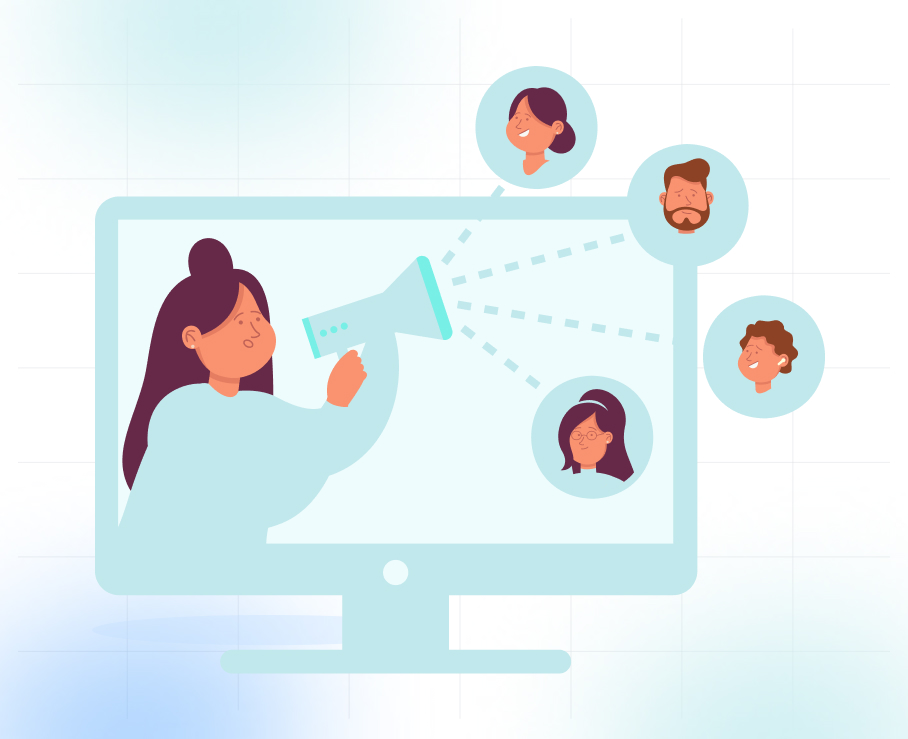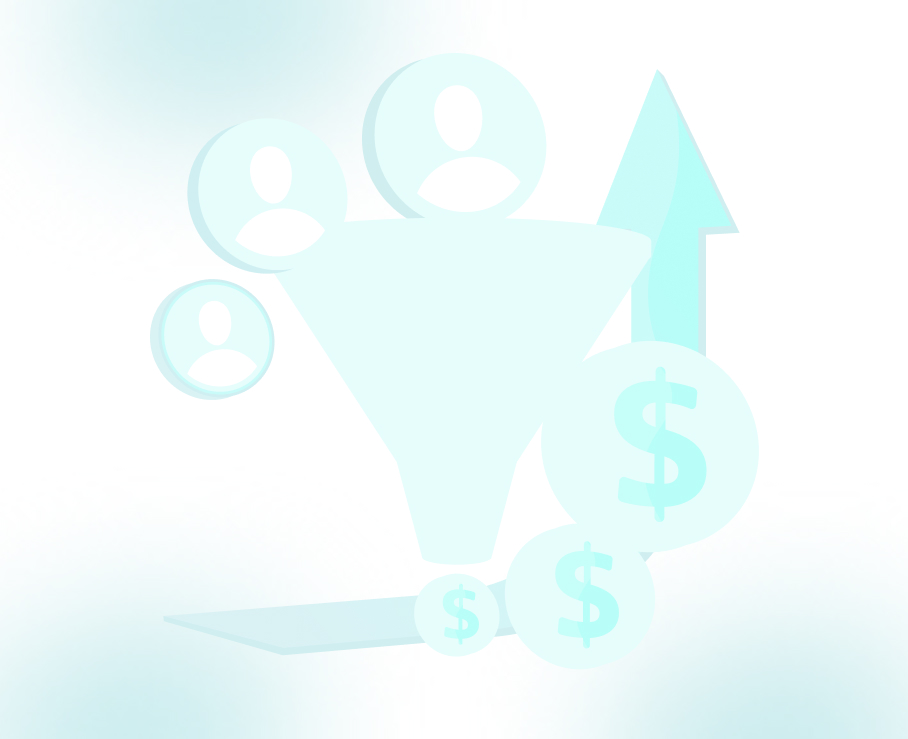
B2B Demand Generation: Proven Strategies to Accelerate Pipeline Growth

B2B companies often face a familiar roadblock: plenty of leads, but few that convert. In competitive regions like the US, Canada, and Australia, sales teams are under pressure to deliver results, yet many leads fizzle out before they reach the pipeline. The problem isn’t just volume, it’s quality and timing.
That’s where demand generation changes the game. Unlike traditional lead generation, which often chases quick wins, demand generation focuses on building awareness, trust, and interest long before a prospect is ready to buy. When done right, it fills the pipeline with sales-ready leads who already understand the value of what you’re offering—and are more likely to convert.
This article breaks down the core principles and practical strategies behind successful B2B demand generation, from mapping the buyer journey to creating campaigns that drive sustained pipeline growth.
Understanding B2B Demand Generation
Many confuse demand generation with lead generation, but the two have distinct goals. Lead generation primarily focuses on collecting contact information from potential buyers. Demand generation, however, aims to educate and nurture prospects, building their interest until they are ready to engage with the sales team.
Demand generation focuses on strategic email marketing, supported by relevant content that educates and engages prospects. Together, these efforts build brand awareness, sustain interest over time, and guide potential buyers toward informed sales conversations. Key metrics for demand generation success include pipeline growth, engagement rates, lead quality, and ultimately, an increase in Monthly Recurring Revenue (MRR). Businesses that integrate demand generation strategies typically experience improved sales velocity and higher conversion rates.
Core Components of a B2B Demand Generation Strategy

A successful B2B demand generation strategy is built on well-defined, interlocking components. Each one supports the goal of generating high-quality, sales-ready leads that drive monthly recurring revenue (MRR).
Here’s how each element works together to deliver consistent pipeline results:
1. Target Audience Identification
Start by clearly defining your ideal customer profile (ICP). Segment prospects based on firmographics, industry challenges, and purchase intent. This ensures your messaging speaks directly to decision-makers across Managed Service Providers (MSPs), staffing firms, or tech companies.
2. Data-Driven Content Strategy
Develop content that educates, informs, and aligns with the prospect’s buying journey. Tailor assets to specific buyer personas and funnel stages. Case studies, whitepapers, and email campaigns should be designed to address distinct pain points and offer actionable insights.
3. Multi-Channel Outreach
Reach your audience through a combination of email marketing and targeted campaigns. Each channel plays a role in building brand awareness and warming up leads until they’re ready for a sales conversation. For MSPs and tech firms, email remains the most effective and direct means of communication.
4. Marketing Automation and CRM Integration
Use tools to manage outreach, keep track of prospect engagement, and ensure timely follow-ups tailored to user behaviour. Integrating with a CRM helps map every interaction and identify sales-ready leads more effectively. But while tools can support the process, the real impact comes from timely, thoughtful communication. Don’t overlook the human touch.
5. Continuous Optimization Through Analytics
Every campaign should be tracked and analyzed. Use performance data to adjust messaging, refine audience segments, and optimize conversion paths. This ongoing improvement ensures that marketing spend delivers higher-quality SQLs over time.
Together, these components create a demand generation engine that’s scalable, measurable, and aligned with real revenue outcomes.
Also Read: The Role and Responsibilities of a Lead Generation Specialist
10 B2B Demand Generation Strategies That Deliver Qualified Leads

Demand generation requires a structured, measurable approach to bring high-quality leads into your pipeline consistently. The strategies below are designed to help B2B firms attract decision-makers, accelerate sales cycles, and drive measurable ROI:
1. Strengthen Your Demand Funnel Framework
An effective demand funnel guides prospects from discovery to decision. Use broad-awareness campaigns to capture top-of-funnel interest, then nurture leads through targeted email workflows and remarketing based on behaviour. At the bottom of the funnel, prioritize conversion-focused touchpoints like and sales consultations.
2. Bridge the Gap Between Sales and Marketing
Demand generation falls flat when sales and marketing teams operate in silos. Establish regular feedback loops to understand which leads are converting and why. Use this insight to refine your messaging, adjust targeting, and enhance lead handoff processes.
Involve sales early in the development of campaign strategies so that your outreach reflects real buyer objections, questions, and decision-making patterns. When both teams are aligned on what a quality lead looks like, the pipeline becomes faster, clearer, and more predictable.
3. Refine Lead Scoring Criteria
Not all leads are equal. Utilize lead scoring models that take into account multiple touchpoints, including email engagement, form submissions, and call interactions. Assign a weight to each based on its likelihood to convert, and use score thresholds to prioritize sales outreach and automate nurture flows.
4. Develop a Purpose-Driven Content Strategy
Content should solve your audience’s specific challenges at every stage of the funnel. For example:
- Top-of-funnel: Educational blogs and how-to guides.
- Mid-funnel: Case studies and comparison content.
- Bottom-of-funnel: ROI calculators and product demos.
Align your content calendar with buyer intent data and consistently optimize for engagement metrics.
5. Run Account-Based Campaigns
ABM allows you to focus resources on high-value accounts that match your ideal customer profile. Start by building curated account lists based on industry, company size, revenue potential, and strategic fit. Customize messaging to address role-specific challenges and organizational pain points, not just generic value propositions. Maintain relevance through a mix of personalized email sequences, dynamic landing pages, and insight-led follow-ups that evolve as the buyer progresses through their journey.
At TLM, we help clients with account-based campaigns, combining structured outreach and timely follow‑ups to open the door to more meaningful conversations. By focusing on account readiness, not just immediate conversions, we support consistent pipeline growth. For teams looking to deepen engagement with high-value accounts, this model offers a clear, repeatable path forward.
6. Improve Email Marketing and Nurture Flows
Email remains one of the most effective B2B channels, but only with segmentation and relevance. Use behavioural triggers to automate follow-ups. A/B test subject lines and CTAs, and refresh nurture tracks regularly to match changing buyer needs.
7. Use Social Media to Engage B2B Buyers
LinkedIn is a key platform for reaching decision-makers. Share insights, promote gated content, and actively engage with relevant conversations. Regularly post thought leadership and success stories, and use custom audiences for retargeting campaigns that drive traffic back to conversion-focused landing pages.
8. Use Intent Data to Identify In-Market Prospects
Intent data helps you spot which prospects are actively exploring solutions like yours, often before they ever fill out a form. Look for signals such as repeated visits to high-intent pages, downloads of solution-specific content, or increased engagement from target accounts. These behavioral patterns can guide your outreach and help you focus efforts where interest is already building.
9. Host Events That Build Authority
Events, both virtual and in-person, offer opportunities to educate, build trust, and generate leads. Focus topics on real business problems and structure sessions around solution-driven outcomes. Promote across email, social, and partner channels to maximize attendance and follow up with personalized outreach.
10. Optimize for Inbound With Data-Driven Web Experiences
Your website should not only inform, but also convert. Utilize heatmaps and analytics to pinpoint areas of friction. Offer downloadable resources, clear CTAs, and live chat options. Structure content hubs around buyer challenges and make it easy for prospects to take the next step, whether booking a demo or requesting pricing.
Implementing these strategies doesn’t mean doing everything at once. Focus on the tactics that align with your sales cycle, audience behaviour, and internal capacity.
Also Read: Top 8 Strategies for Successful Targeted Lead Generation
Measuring Success in B2B Demand Generation

Effective B2B demand generation relies on ongoing measurement and evaluation. Tracking the right KPIs enables businesses to optimize performance, reduce costs, and increase revenue outcomes.
Here are the key metrics worth monitoring:
Marketing Qualified Leads (MQLs)
MQLs indicate prospects who’ve shown intent through actions like content downloads or event sign-ups. They’re early indicators of future pipeline growth.
Sales Qualified Leads (SQLs)
SQLs are leads vetted by sales and ready for outreach. A high SQL count reflects strong alignment between marketing and sales.
Lead Conversion Rate
This shows how efficiently prospects move from initial engagement to sales opportunities. A low rate signals issues in nurturing or targeting.
Monthly Recurring Revenue (MRR)
MRR tracks predictable, subscription-based revenue generated each month. It’s a crucial metric for understanding long-term revenue growth, forecasting, and evaluating the effectiveness of campaigns aimed at customer retention and upsell opportunities.
Cost Per Lead (CPL)
CPL reveals how much you spend to generate a single lead. Monitoring it helps assess the cost-efficiency of your campaigns.
Customer Acquisition Cost (CAC)
CAC shows the total spend required to convert a lead into a paying customer. It directly impacts your marketing ROI.
Customer Lifetime Value (CLV)
CLV estimates the total revenue from a single customer. When paired with CAC, it helps determine if acquisition costs are sustainable.
Marketing Cycle Length
Tracking how long it takes from first touch to conversion highlights delays in your funnel and reveals opportunities to shorten the sales cycle.
Channel-Specific Close Rates
Analyzing how each marketing channel performs helps allocate budget to the most effective sources of qualified leads.
Contribution to Revenue
This metric attributes a portion of overall revenue to specific campaigns, validating the impact of demand generation on business growth.
When measured consistently, these KPIs reveal which campaigns are scalable and which need refinement. This data-first approach prevents budget waste and accelerates pipeline growth.
Also Read: How Outsourced Sales Can Grow Your Business?
Why Choose TLM for Your B2B Demand Generation Needs?

The Lead Market (TLM) specializes in B2B demand generation designed to accelerate your sales pipeline with measurable results. Our services align with the distinct needs of MSPs, SaaS providers, and solution-based companies across the US, Canada, and Australia.
Key offerings include:
- Sales Qualified Lead (SQL) Generation: We provide high-quality, pre-qualified leads tailored to your ideal customer profile. This focus helps maximize conversion rates while reducing wasted sales efforts.
- Appointment Scheduling: Our team confirms meetings with qualified prospects, freeing your sales reps to focus on closing deals rather than prospecting.
- Account-Based Marketing (ABM) & Targeted Campaigns: We deliver personalized outreach to high-value accounts, increasing engagement and boosting campaign effectiveness.
- Proprietary Tools and Analytics: Our real-time dashboards and customizable email scripts enable precise targeting and rapid optimization of campaigns.
TLM offers flexible pricing models with no hidden costs, so you only pay for real results. With over nine years of experience and an 88% customer retention rate, we’ve helped Managed Service Providers (MSPs) and other B2B firms grow predictable Monthly Recurring Revenue (MRR). By outsourcing to TLM, you free up internal resources. Our team handles prospecting, messaging, and compliance, so you can focus on closing deals.
Ready to scale? Let’s discuss a strategy tailored to your goals and budget.
FAQs
Q. What is the difference between demand generation and lead generation?
A. Demand generation builds awareness and nurtures prospects throughout the buyer journey, while lead generation focuses on capturing contact information.
Q. How can ABM improve demand generation outcomes?
A. ABM targets high-value accounts with personalized campaigns, increasing engagement and conversion rates.
Q. What role does email marketing play in B2B demand generation?
A. Email marketing allows personalized, direct communication that nurtures leads and moves them closer to sales readiness.
Q. How does TLM ensure lead quality in demand generation campaigns?
A. TLM uses targeted outreach, data cleansing, and proprietary tools to deliver only pre-qualified Sales Qualified Leads.
Q. How do I measure the success of demand generation efforts?
A. Track KPIs like MRR growth, lead quality scores, conversion rates, and engagement metrics using analytics dashboards.






